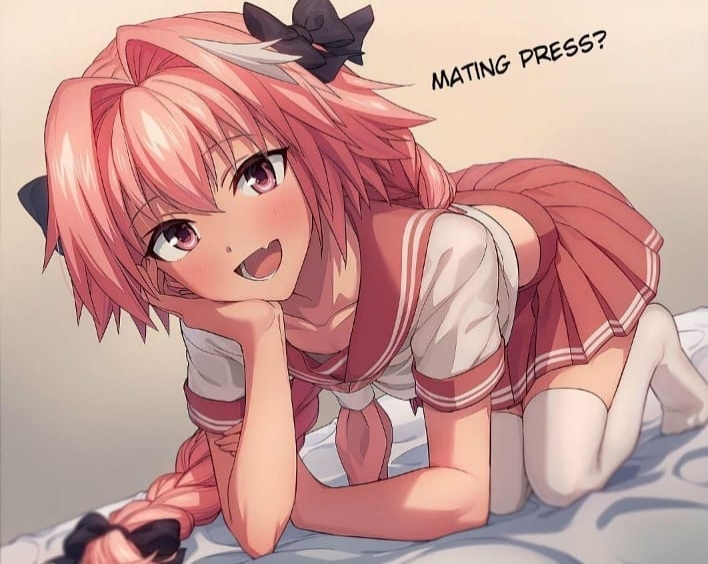In the world of mating press animation, creators often explore various themes and artistic expressions that push boundaries. The mating press technique has recently gained attention in creative spaces, particularly in the context of animated art forms, where such motifs are used symbolically to explore themes of connection, dominance, and intimacy. But what is the mating press, and why has it sparked so much interest?
What is the Mating Press in Animation?
The mating press is a term derived from certain visual and narrative styles in animation and comics. It refers to a specific position or concept where one character is physically dominant or in a position of power over another. Though it may seem controversial to some, this theme plays a role in the broader spectrum of storytelling, where animation artists utilize symbolism to express complex human relationships.
Animation, often used as a medium for exaggerated expressions, allows creators to portray exaggerated versions of interactions, and the mating press is one such trope. It is important to remember that the use of this theme is context-dependent. For example, certain works may address complex dynamics between characters, including power imbalances or struggles.
The Role of Symbolism in Animation
In animation, symbolism is a powerful tool. The mating press can be seen as more than just a provocative trope; it can represent deeper, more philosophical themes such as control, submission, or partnership. The power dynamics involved in these visual depictions can serve as a metaphor for exploring real-world relationships.
Many animators use symbols like the mating’s press to craft narratives that go beyond simple entertainment. By exploring power dynamics in an exaggerated, stylized format, animators can encourage audiences to question social norms or relationships in a more thought-provoking way. For example, a work that includes such a concept could ask viewers to consider how dominance and submission play out in real-life interactions.
Why the Mating Press Is Controversial
While some view the mating press as an innocent artistic choice, others may find it controversial. The depiction of power dynamics and intimate physicality in animation can be polarizing. On one hand, artists use these motifs to deepen the emotional and narrative complexity of their work. On the other hand, some feel that these depictions might be inappropriate, especially when it comes to the representation of power in sexual relationships.
Controversy often arises when these themes are explored without sufficient context. Without proper framing, an innocent artistic choice can be misinterpreted or even condemned. This is why creators must be mindful of their audience, ensuring that these types of scenes are handled with care and an understanding of the broader cultural implications.
The Mating Press in Popular Culture
Interestingly, the mating press concept has extended beyond niche animations and into popular culture. In some genres of webcomics and independent animated series, creators explore the mating press and other such dynamics as part of their creative expressions. The term is not always used in a literal sense, but more as a tool to explore intimate power struggles between characters.
Over time, various fan communities have embraced this symbol, often reinterpreting it in ways that challenge traditional portrayals of relationships. These reinterpretations can focus on shifting the power balance, showing equality instead of dominance. The growing conversations around the mating press suggest that it has evolved into a cultural motif that sparks significant discussion about relationships in art.
Potential Risks and Benefits of Using the Mating Press in Animation
As with any thematic exploration in art, the use of the mating press comes with both risks and rewards. Let’s look at both:
Benefits:
- In-depth storytelling: When used thoughtfully, the mating press can enrich a narrative, providing a deeper exploration of human connections and conflicts.
- Symbolic representation: It can symbolize the complexity of relationships, from love and intimacy to power dynamics, which adds layers to storytelling.
- Provoking thought: These themes can encourage viewers to think critically about the way power and intimacy are portrayed in media.
Risks:
- Misinterpretation: Without proper context, the mating press can be misunderstood, potentially alienating certain audiences or inciting backlash.
- Cultural sensitivity: The concept of dominance and submission, particularly in intimate settings, can be seen as harmful or inappropriate depending on how it is presented.
- Overuse: If the mating’s press is used too frequently or inappropriately, it could overshadow the narrative, reducing the overall impact of the animation.
Frequently Asked Questions (FAQs) About the Mating Press in Animation
1. What is the meaning behind the mating press in animation?
The mating’ press symbolizes power dynamics and physical intimacy, often used in animation to portray dominance or submission in exaggerated ways. It’s meant to highlight the complexity of relationships, but it’s important to use it thoughtfully to avoid negative interpretations.
2. Is the mating press always sexual?
While the mating press often implies a sexual undertone, in the world of animation, it can also represent non-sexual themes like control, partnership, or power imbalance. It depends on the context in which it’s used.
3. Why has the mating press gained attention in popular culture?
The mating press has become more visible in independent and web-based animation, where creators explore unconventional themes and challenge traditional norms. It has sparked debate about the representation of relationships in media.
4. Is the mating press a harmful trope?
The mating press can be harmful if it’s not presented with care, context, or balance. Without thoughtful framing, it may perpetuate unhealthy stereotypes or power imbalances. However, when used in moderation and with context, it can be a meaningful narrative tool.
5. Can the mating press be used in a non-sexual context?
Yes, the mating press can be used symbolically in animation to explore power dynamics that are not necessarily sexual. It can serve as a metaphor for control, vulnerability, or trust between characters.
